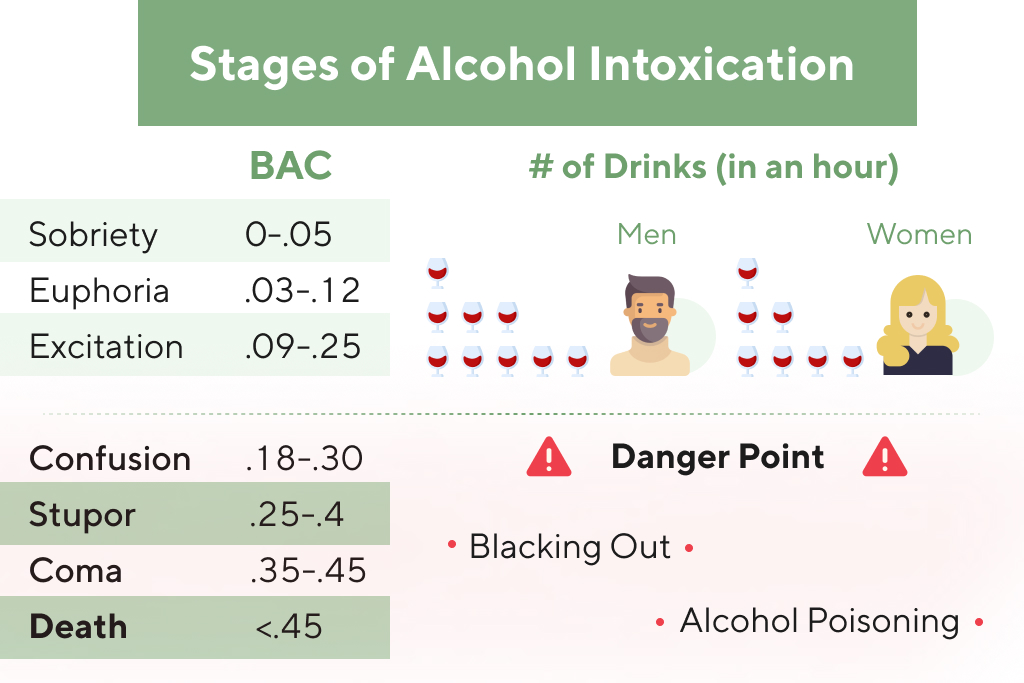Ketamine: Its Origins, Medical Uses, and Risks
susanti
- 0
Usually given ketamine addiction in a ketamine clinic or medical spa environment, the infusions can last anywhere from 40 minutes to an hour and a half. The dose is determined by weight and need, and the sessions are often coupled with psychotherapy and integration work. Traditional antidepressants work by blocking the reabsorption of brain chemicals like serotonin, norepinephrine, and dopamine to improve communication between brain cells.
- Remember that there are many approved forms of treatment for depression20.
- While it’s believed that ketamine may treat chronic pain due to ketamine’s ability to prevent central sensitization further evidence is needed.
- In particular, research suggests that ketamine can provide rapid relief to people with treatment-resistant depression.
- In clinical trials ketamine therapy is mainly given as intravenous infusion, but may be given as intranasal spray, slow release tablets, sublingual tablets, or other forms.
Usual Adult Ketamine Dose for Anesthesia:
- However, pain levels returned to their original baseline by the six-week follow-up.
- Recreational use or self-medication with ketamine is highly discouraged due to the significant risks involved.
- To learn about the medical and experimental (research-only) uses of ketamine, check out this post.
- Usually given in a ketamine clinic or medical spa environment, the infusions can last anywhere from 40 minutes to an hour and a half.
It is used under strict medical supervision and is not used by patients at home. Before Spravato was approved in 2019, ketamine was prescribed off-label for the treatment of depression. Other off-label uses of ketamine include treating bipolar disorder, post-traumatic stress disorder, as well as substance use disorder. Small research studies6 show that it may be safe and effective for treating depression in adolescents between the ages of 12 and 17. However, more research is needed to determine if this can help young people.
What Risks Are Involved In Ketamine Treatments?

LAPPA said that ketamine illicitly distributed in the U.S. is stolen from legitimate sources such as veterinary clinics or is smuggled into the United States from Mexico. If you are passionate about being a part of the future of mental health, get in touch. These are psychotherapy appointments with a licensed therapist who can talk to you about what you experienced during your ketamine session. Though not all companies require this, experts say this is an integral part of the process and is needed for best results.
What is ketamine therapy?

In recent years, ketamine has increasingly been used as an antidepressant to treat TRD — considered off-label use. Ketamine delivered in low doses can provide rapid relief of TRD lasting for days to weeks. Usually, it’s given in decreasing frequency over several weeks, starting with two doses a week for 2 to 3 weeks, then once weekly, then once monthly and then hopefully tapering off. Response rates as high as 70% have been observed in clinical trials involving regular infusions. Furthermore, the high expense of ketamine-based therapy, particularly those for mental health, raises accessibility concerns. Many people who could benefit from these treatments are unable to afford them or do not have Drug rehabilitation insurance coverage.

Ketamine side effects
While the most noted ketamine studies for depression were done off-label using intravenous infusions, in 2019, a nasal spray called Spravato (esketamine) was approved for use by the Food and Drug Administration (FDA). Ketamine interacts with several protein pathways in the brain important for memory, plasticity, and learning. The molecule initiates a response when combined with certain receptors, and https://ecosoberhouse.com/ interacts with the opioid, AMPA, GABA, cholinergic, and dopaminergic systems. As an antagonist, ketamine binds to and affects HCN1, potassium, calcium, and sodium channels in neurons, which results in the mitigation of pain responses and limits the development of chronic pain. All clinicians who administer ketamine should understand the indications and contraindications.